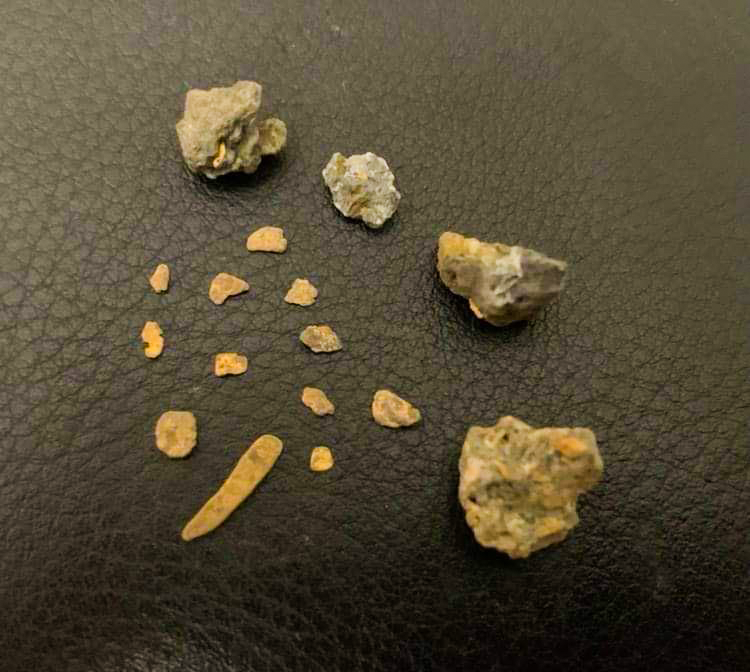Prospecting & Detecting
Fluorescent Mineral Prospecting
September 2020 by John Norman
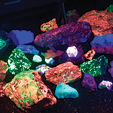 Ultraviolet light is divided into three levels, labeled A, B and C depending on the wavelength, with C having the shortest wavelength and the most energy.
Ultraviolet light is divided into three levels, labeled A, B and C depending on the wavelength, with C having the shortest wavelength and the most energy.
Uncovering the Find of a Lifetime
• The 75-ounce Butte County nugget is the largest found in California since the 156-ounce Mojave nugget in the 1970s...
The World of the Simple Gold Pan
There are so many, many different types of gold pans on the market that I thought it would be worthwhile to take a look at the world of the simple gold pan.
Strategies for Detecting Heavily Pounded Areas
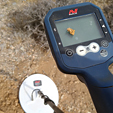 The problem is every other nugget hunter and drywash prospector had the same idea. As a result, you can spend days, weeks, and even months detecting these areas and not find a single nugget.
The problem is every other nugget hunter and drywash prospector had the same idea. As a result, you can spend days, weeks, and even months detecting these areas and not find a single nugget.
21st Century American Gold Rush: Rare Earth Elements
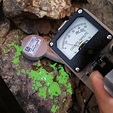 The burning question I needed answered was why didn’t the deposit ever get mined of at least one of the valuable minerals? A couple of reasons have come to light.
The burning question I needed answered was why didn’t the deposit ever get mined of at least one of the valuable minerals? A couple of reasons have come to light.
Prospecting for Gold in Baja California
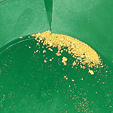 It was one of those awkward situations as we walked, fatigued and too thirsty to speak a word.
It was one of those awkward situations as we walked, fatigued and too thirsty to speak a word.
Who Jumped Whose Claim First?
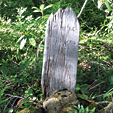 At this point, stress raised my blood pressure and I was figuring out escape routes through the brush, but thought it best to continue the conversation.
At this point, stress raised my blood pressure and I was figuring out escape routes through the brush, but thought it best to continue the conversation.
Subscription Required:
The Bawl Mill
• Ask The Experts - What is the difference between heavy and light rare earth elements?
• Ask The Experts - What are the tax implications for partners on a claim?
• Ask The Experts - What should my plan be for testing quartz for gold in North Carolina?
• Ask The Experts - Did gold deposits come from space or were they created underground?
• Ask The Experts - Is a shaker table going to work on my flour material?
• Subtle and Not So Subtle Dangers of Hard Rock Mining
• How Should I Work This Prospect?
• Tips and Tricks: Preparing Your Dredge Engine for Storage
• More Tips on How to Find Gold with A Detector
• What Do You Need For A Successful Micro-Scale Mine?
• Using Favorable Rock Types to Find More Gold
• Gold Prospecting for Better or Worse: Of Mice and Men
• Discovering New Territory
• Melman on Gold & Silver
• Mining Stock Quotes and Mineral & Metal Prices
Free:
Happy Birthday, ICMJ!
• Legislative and Regulatory Update
• PLP Update

